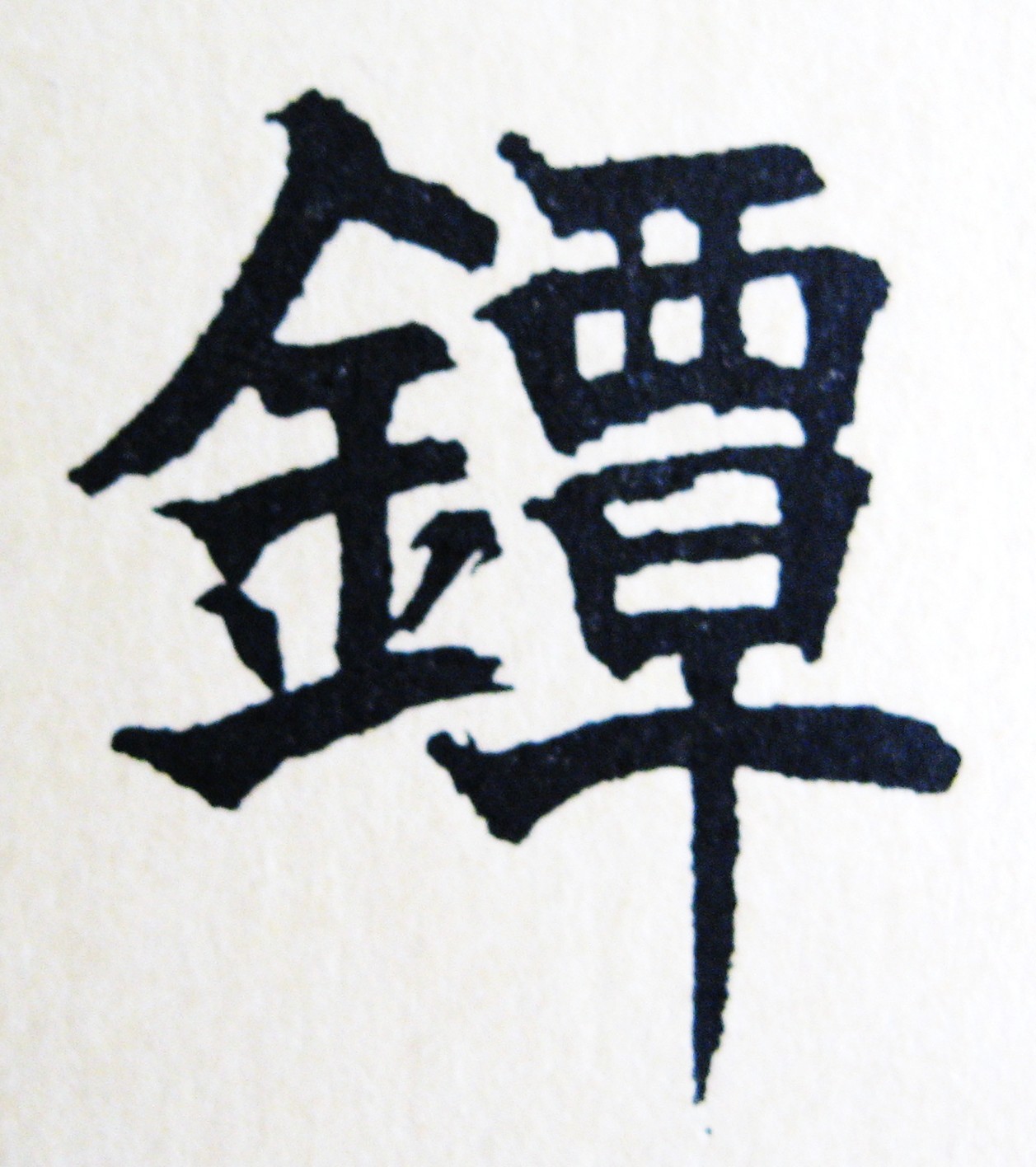|
CHINESE/HIZEN Guard
|
 |
|
CHINESE/HIZEN Guard
|
 |
| Provenance: Skip Holbrook Elliott Long. |
$6000.00 |
|
A well-hammered iron plate with a dark chocolate patina and decorated with a pair of phoenixes. The very thin plate and rich patina suggest considerable age. Made in China during the Ming period, ca 1600 or earlier. Upon arriving in Hizen, adapted to Japanese use. On the omote face are very artistic representations of two fenghuang (phoenix). One of the twelve signs of the Chinese zodiac, the phoenix is a Chinese symbol of honesty, as well as physical and moral fortitude. From the Jiaqing era (1522–66) of the Qing dynasty onwards, a pair of phoenixes was differentiated by the tail feathers of the two birds, typically together forming a closed circle pattern—the male identified by an ood number of long serrated tail feathers (odd number being a masculine, or yang number) and the female by what appears to be an even number curling or tendrilled tail feathers (even number being feminine, or yin number). On the ura appears six seal script figures, an archaic form of Chinese. Usually these inscriptions are prayers or axioms of some kind. |
 |
 9.40cm x 9.30cm x 0.25cm (Bottom two images) Champleve sword-guard not of Japanese origin but has been adapted to Japanese use. Region of manufacture is probably Monsoon Asia. Note that four of the six seal script figures match the above Hizen guard. (Long) |
 |
 |
 |
 |
 |
Purchase this Tsuba by Email to |
|
A Collaboration of Robert E. Haynes and Elliott D. Long |
|
|
| Return To Tsuba Collective Robert Haynes Articles -- Tutorial Email to Shibui Swords |